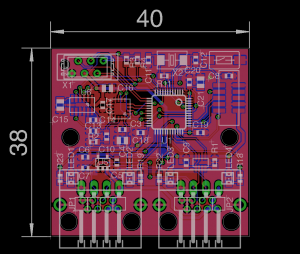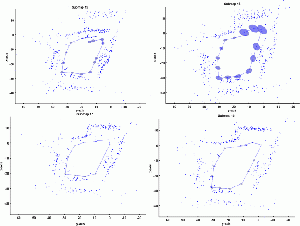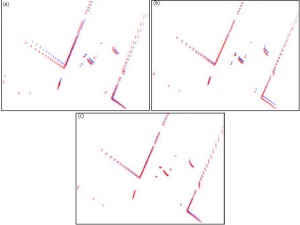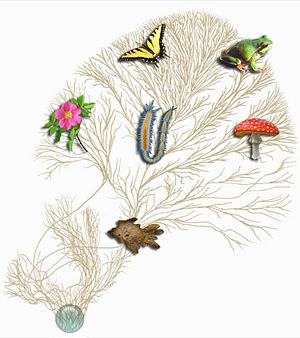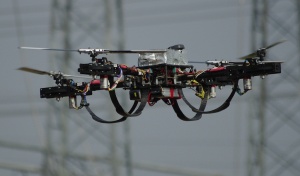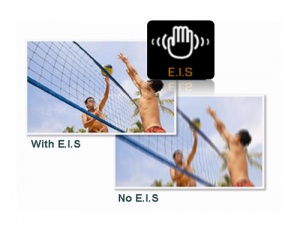Semantic search
| Wiki Page: R2P IMU firmware development Title: Embedded Inertial Measurement Unit for Unmanned Aerial Vehihcles
Material
Expected outcome:
Required skills or skills to be acquired:
Tutor: AndreaBonarini, MartinoMigliavacca, MatteoMatteucci |
| Wiki Page: Real-time removal of ocular artifact from EEG Title: Real-time removal of ocular artifact from EEG
Tutor: MatteoMatteucci |
| Wiki Page: Robocentric MoonSLAM Title: Robocentric implementation in the MoonSLAM framework Material
Expected outcome:
Required skills or skills to be acquired:
Tutor: MatteoMatteucci, SimoneCeriani |
| Wiki Page: Scan Matching Odometry and Multisensor SLAM Title: Scan Matching Odometry and Multisensor SLAM Material:
Expected outcome:
Required skills or skills to be acquired:
Tutor: MatteoMatteucci, SimoneCeriani, DavideCucci |
| Wiki Page: Self calibration of multiple odometric sensors Title: Self calibration of multiple odometric sensors mounted on the same platform Material:
Expected outcome:
Required skills or skills to be acquired:
Tutor: MatteoMatteucci, SimoneCeriani, DavideCucci |
| Wiki Page: Statistical inference for phylogenetic trees Title: Statistical inference for phylogenetic trees The project will focus on the understanding of the problem and on the implementation of different algorithms, so (C/C++ or Matlab or R) coding will be required. Since the approach will be based on statistical models, the student is supposed to be comfortable with notions that come from probability and statistics courses. The project is thought to be extended to master thesis, according to interesting and novel directions of research that will emerge in the first part of the work. Possible ideas may concern the proposal and implementation of new algorithms, based on recent approaches to phylogenetic inference available in the literature, as in (3) and (4). In this case the thesis requires some extra effort in order to build and consolidate some background in math in oder to understand some recent literature, especially in (mathematical) statistics and, for example, in the emerging field of algebraic statistics (5). Other possible novel applications of phylogenetic trees have been proposed in contexts different from biology, as in (6). Malware (malicious software) is software designed to infiltrate a computer without the owner's informed consent. Often malwares are related to previous programs thought evolutionary relationships, i.e., new malwares appear as small mutations of previous softwares. We are interested in the use of techniques from phylogenetic trees to create a taxonomy of real world malwares. Picture taken from http://www.tolweb.org/tree/ and http://www.blogscienze.com Bibliography
Tutor: MatteoMatteucci, LuigiMalago, StefanoZanero |
| Wiki Page: Unmanned Aerial Vehicles Visual Navigation Title: A critical review on the state of the art in visual navigation for unmanned aerial vehicles Material:
Expected outcome:
Required skills or skills to be acquired:
Tutor: MatteoMatteucci |
| Wiki Page: Visual stabilization techniques for tracking with a moving camera Title: Visual stabilization techniques for tracking with a moving camera Material
Expected outcome:
Required skills or skills to be acquired:
Tutor: MatteoMatteucci |
